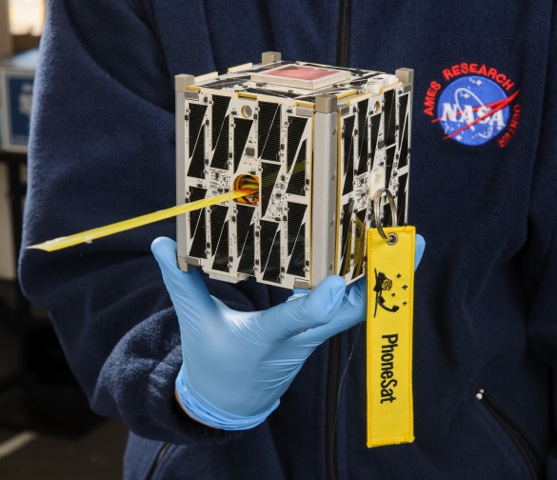Nexus S back in space as part of NASA's PhoneSat project

Of all the various Android phones to have been blasted into space, the humble Nexus S is perhaps the most prolific. The handset first took a trip into the stratosphere in late 2010, followed by a return trip on the space shuttle Atlantis the following year. Now, just in time for its third birthday, Samsung's first Nexus is heading towards the stars once again as part of NASA's PhoneSat 2.4 project.
The endeavor, part of the space agency's plans to develop low-cost satellites, puts heavily modified Nexus S circuitry inside a four square-inch cube weighing just 2.2 pounds. A two-way S band radio allows NASA engineers to control the device from the ground, and solar panels on the cube's exterior provide the unit's power. The smartphone then acts as the satellite's brain, with sensors such as the magnetometer (compass) helping to correctly align the PhoneSat with the earth. The whole package cost NASA just $7,500 using off-the-shelf parts, according to Vice's Motherboard blog.
Further PhoneSat launches are expected in 2014, including plans to eventually network eight of the devices together in orbit.
Source: NASA, Motherboard; via: The Verge
Get the latest news from Android Central, your trusted companion in the world of Android

Alex was with Android Central for over a decade, producing written and video content for the site, and served as global Executive Editor from 2016 to 2022.

